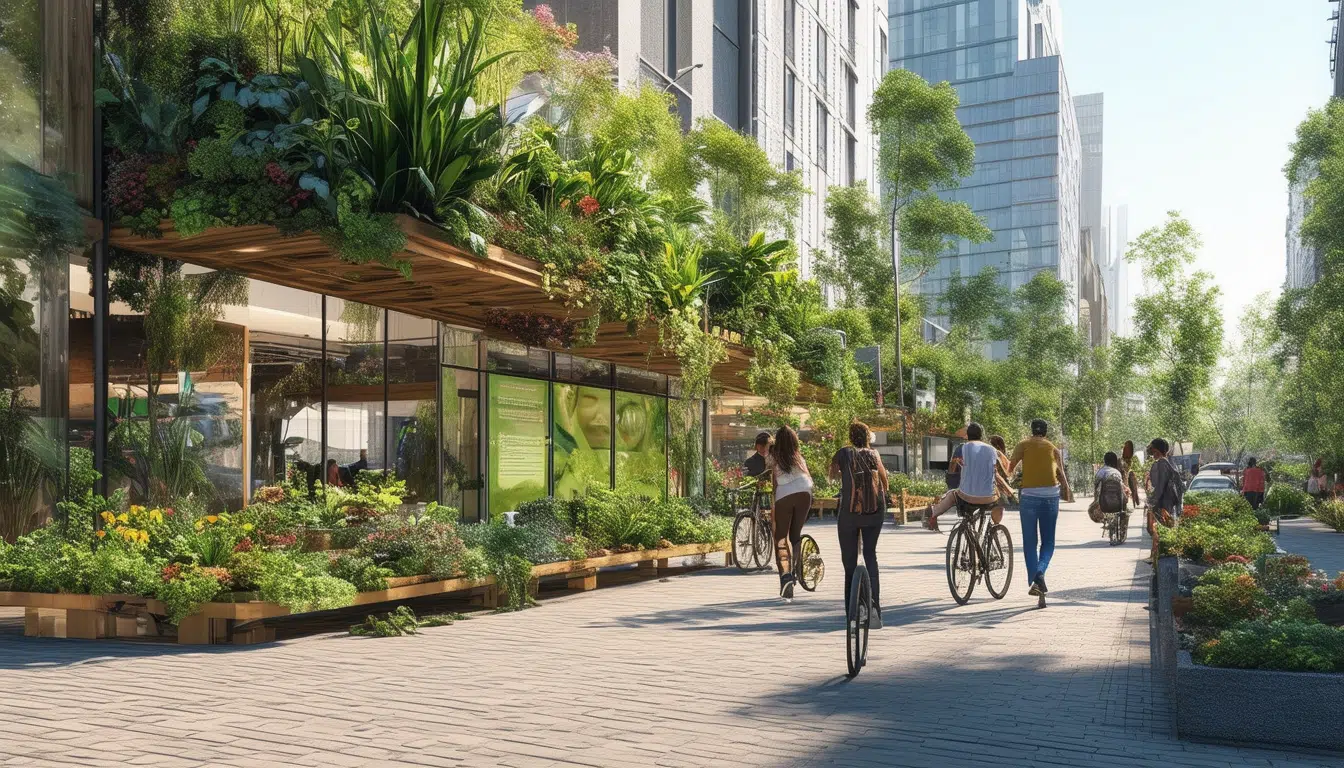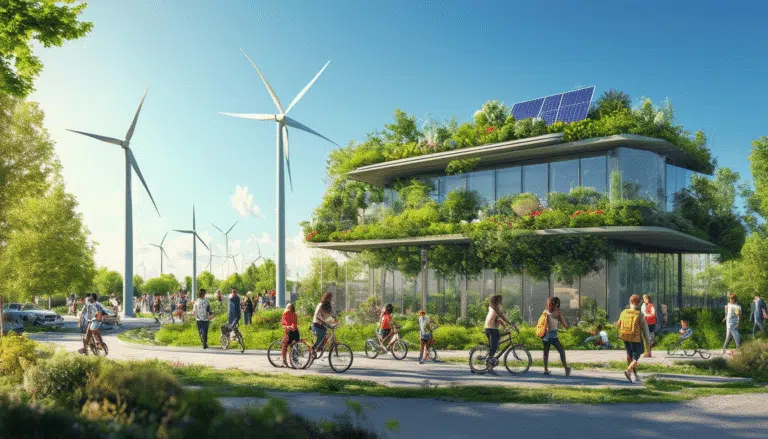Rehabilitation of urban spaces to promote sustainability and fuel savings

The rehabilitation of urban spaces has become a priority in the pursuit of more sustainable and efficient cities. With the allocation of more than 850 million euros among municipalities and Autonomous Communities, the adaptation of urban environments to the use of renewable energies and energy efficiency policies is being promoted. This process not only decreases the environmental impact of construction but also revitalizes neighborhoods, creating more livable and attractive spaces for the community. Implementing urban renewal actions is essential to reduce energy demand and promote active mobility, thus transforming urban centers into more accessible and environmentally friendly environments.
Introduction to urban space rehabilitation
The rehabilitation of urban spaces is a key process that seeks to transform our cities to be more eco-efficient and minimize resource consumption, such as fuel. This approach promotes the creation of sustainable cities that, in addition to improving the quality of life of their inhabitants, respect the environment. Through appropriate initiatives, it is possible to adapt our urban environments to implement sustainable practices that favor energy savings.
Objectives of sustainable rehabilitation
Sustainable rehabilitation focuses on multiple objectives, among which improving the energy efficiency of buildings, revitalizing neighborhoods, and providing more livable spaces stand out. By transforming existing structures, the aim is to reduce the environmental impact associated with construction and, in turn, promote the use of renewable energies.
Rehabilitation projects in Spain
In Spain, more than 850 million euros have been allocated to municipalities and Autonomous Communities to implement measures that improve sustainability of urban spaces. These funds are designed to support projects that seek to adapt existing buildings and homes, ensuring they meet current energy efficiency standards.
Impact of rehabilitation on urban quality of life
Urban rehabilitation not only has a positive impact on the environment, but it also improves the quality of life of citizens. By implementing more sustainable practices, more pleasant and accessible environments are created. This transformation can include an increase in green areas, public spaces, and the promotion of active mobility, favoring the use of bicycles and walking.
Change in travel patterns
The promotion of active mobility is essential to achieve sustainable cities. Encouraging the use of non-polluting means of transport, such as bicycles, is an effective way to reduce dependence on fossil fuels. According to a report, several Spanish cities are among the 25 best prepared to face mobility challenges, indicating significant progress in this area.
For more information about these cities, consult this link.
The relationship between energy efficiency and savings
Energy efficiency is a crucial aspect of building rehabilitation. A bioclimatic design, the use of sustainable materials, and the implementation of renewable technologies are strategies that reduce energy consumption. Reducing energy demand not only lowers the carbon footprint but also leads to significant fuel savings and long-term cost reductions.
To better understand the connection between energy efficiency and the economy, you can review this article.
Proposals for a sustainable future
To move toward the goal of more sustainable cities, it is essential to promote sustainable rehabilitation through projects that encourage citizen participation and institutional support. There are various aids and programs designed to facilitate the rehabilitation of homes. Some of these aids are available until 2025 and are primarily aimed at improving facades and energy efficiency.
More information about specific aids in different communities can be found through various institutional channels.
The University as a model of efficiency
An example of success in implementing sustainable practices is the experience of the University of Alicante, which has achieved savings of 4.5 million due to optimizing its expenses and energy efficiency practices. This example demonstrates that it is possible to achieve positive results through a proactive approach to rehabilitation and energy saving.
Details about this case can be found at this link.
Trends in rehabilitation and sustainability
Trends in energy efficiency continue to evolve, with a growing focus on innovation and the use of new technologies. Construction and rehabilitation practices are increasingly integrated into a framework that prioritizes sustainability, highlighting the importance of eco-sustainable materials and construction techniques that minimize environmental impact.
To learn more about these trends for the next year, you can access this article.
The rehabilitation of urban spaces presents itself as a key strategy to face current environmental challenges, promoting sustainability and optimizing fuel savings. This process involves the revitalization and improvement of existing infrastructures, adapting them to contemporary criteria of energy efficiency and resource use. As cities grow, the need to transform old structures into greener and more accessible spaces becomes imperative.
Implementing efficient measures in rehabilitation not only minimizes the environmental impact of constructions but also creates more livable and attractive environments for citizens. This approach allows for better use of natural resources, while promoting the use of renewable energies and proper water management. Rehabilitation initiatives must be designed to achieve a significant reduction in energy demand, essential to combat climate change and achieve sustainability targets.
Moreover, the integration of green spaces and the improvement of active urban mobility are crucial aspects of this process. Promoting walking or biking not only reduces the use of motor vehicles but also improves the quality of life of citizens. Cities must implement policies that support these changes, improving road infrastructure and facilitating access to key points.
The collaboration between local authorities, citizens, and businesses is vital for the success of urban rehabilitation. By working together, projects that respond to community needs can be developed, thus ensuring a successful transition to a more sustainable and efficiently managed city model.


